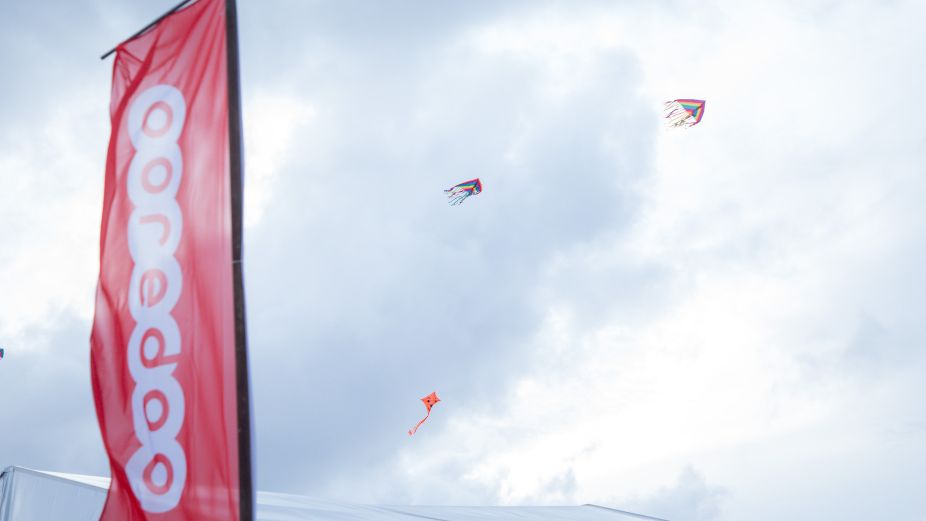
On a quiet island morning, as fishermen set out and schools begin to stir, someone uses m-Faisaa to settle a utility bill before heading to work. A few hours later, a student logs in to a remote class, her internet connection quietly strengthened by machine-learning tools that detect and fix performance drops before she even notices them. By evening, a shopkeeper in a small café speaks to a digital assistant in Dhivehi, asking about data top-ups while customers tap their phones to pay for coffee. None of this makes a headline. But this is the future Ooredoo is quietly building.
For years, connectivity in the Maldives was about towers, reach, and speed. But now, it is becoming about fluidity, about how seamlessly life flows when digital services feel intuitive, reliable, and truly local. The next phase of Ooredoo’s journey is not defined by a single piece of technology, but by the invisible way many tools will begin to work together.
The company is turning to artificial intelligence not to impress, but to improve. Predictive systems are being deployed to monitor and optimise the network in real time, making slow connections and latency feel like a thing of the past. This matters in a country where distance defines everything and where every second saved online can mean hours of real-world convenience.
Ooredoo’s vision of service goes beyond the signal. It now includes a digital assistant that understands both English and Dhivehi, available day or night, trained not just to answer questions but to anticipate needs. These chatbots are not replacements for people, but extensions of care, designed to resolve common queries and free up human agents for what matters most.
At home, the company’s Smart(er) Home initiative is quietly changing how spaces work. Lights that respond to movement, devices that conserve energy, and security systems that integrate directly into mobile apps are all part of the portfolio. Ooredoo is expanding these offerings not as a tech experiment, but as a reflection of how the Maldivian home itself is evolving.
Much of this transformation is anchored in the Ooredoo SuperApp. Over time, more services will be integrated into the app, from broadband upgrades to device delivery, allowing the company to reduce its physical footprint while improving nationwide reach. This is not a retreat from service, but a redistribution of it, where your phone becomes the front desk, the cashier, and the service window.
Then there is money. Or rather, the growing absence of it in cash form. Through m-Faisaa, Ooredoo is aiming to build a payment culture that works from the street corner vendor to the city council. But adoption takes more than tech. It takes trust. The company recognises this and plans to lead with outreach, particularly among the elderly, to ensure the digital economy feels familiar, not foreign.
Behind all this lies a larger ambition to bring the Maldives not just up to speed with global trends, but to do so in a way that fits Maldivian life. Whether it’s supporting online education, backing health infrastructure, or pushing for greener, leaner networks, Ooredoo’s future strategy is as much about responsibility as it is about progress.
This is not the kind of transformation you’ll see in dramatic product launches or glossy advertisements. It’s the kind that settles in slowly, in quiet tap-to-pay moments, in smart connections that don’t break, in the comfort of knowing that service is always a few swipes away. The road ahead is not loud. But it is ambitious. And if Ooredoo has anything to say about it, it will be built thoughtfully, island by island, person by person, and with the future folded gently into the present. A truly Digital Maldives.










